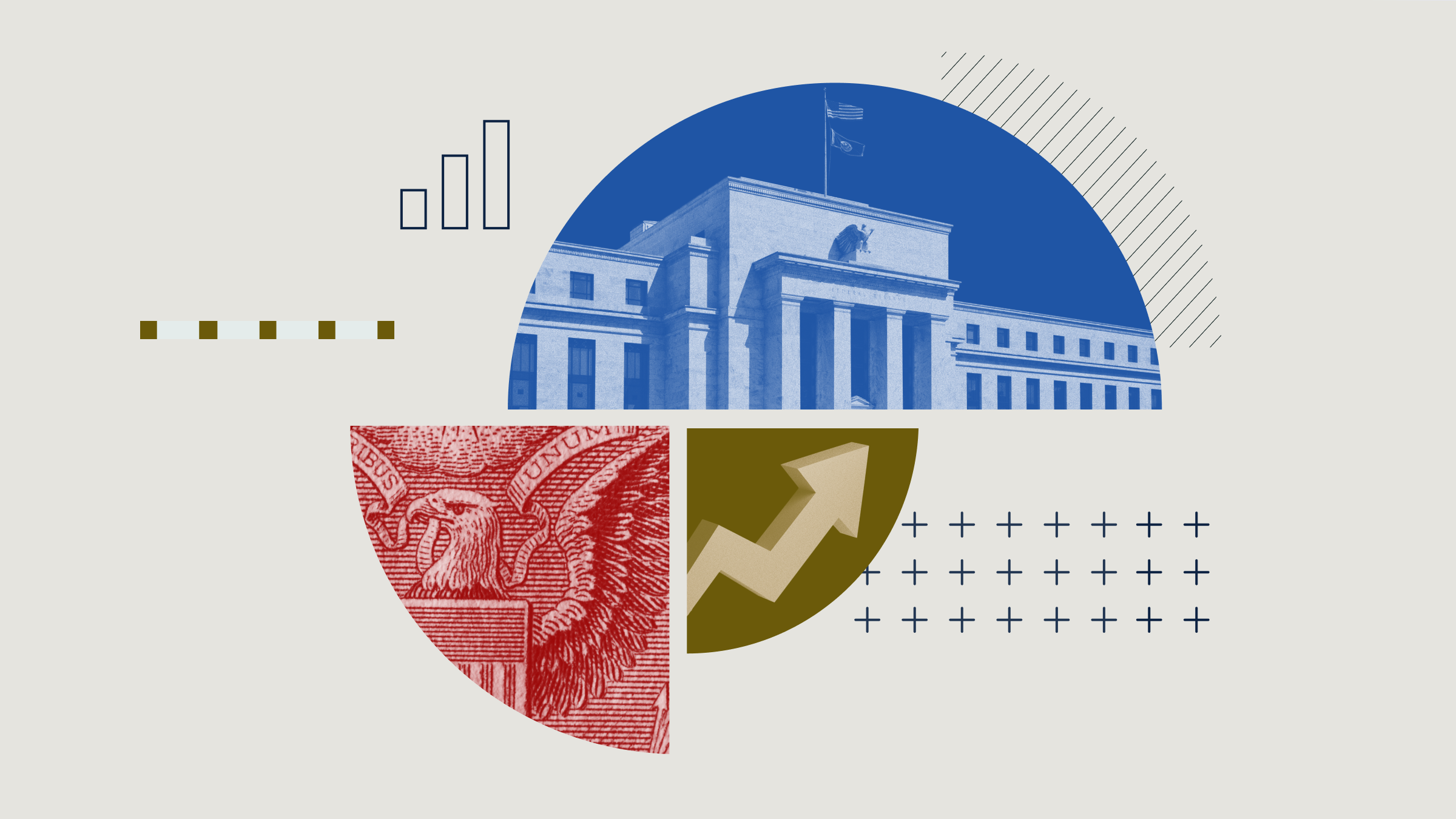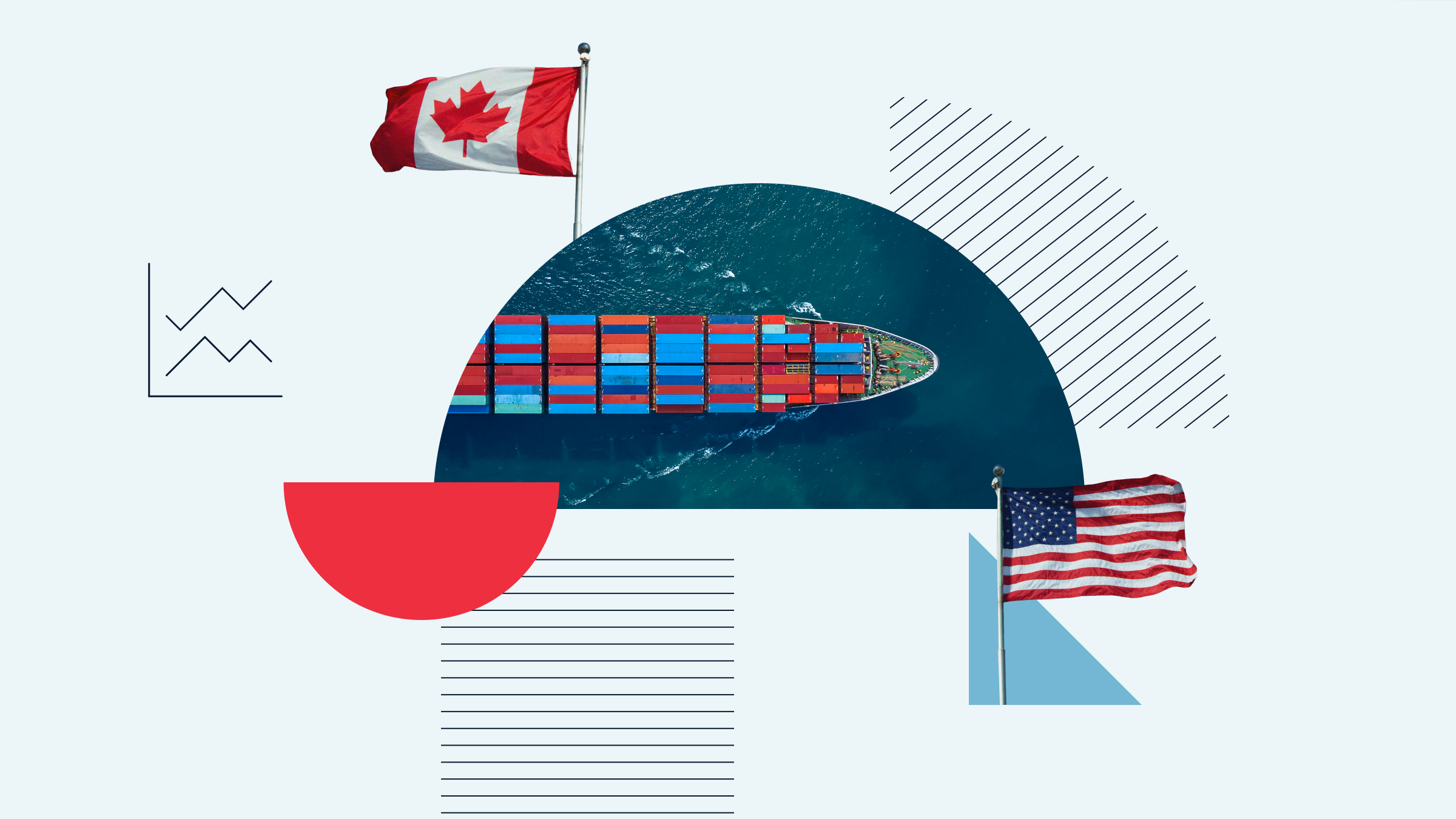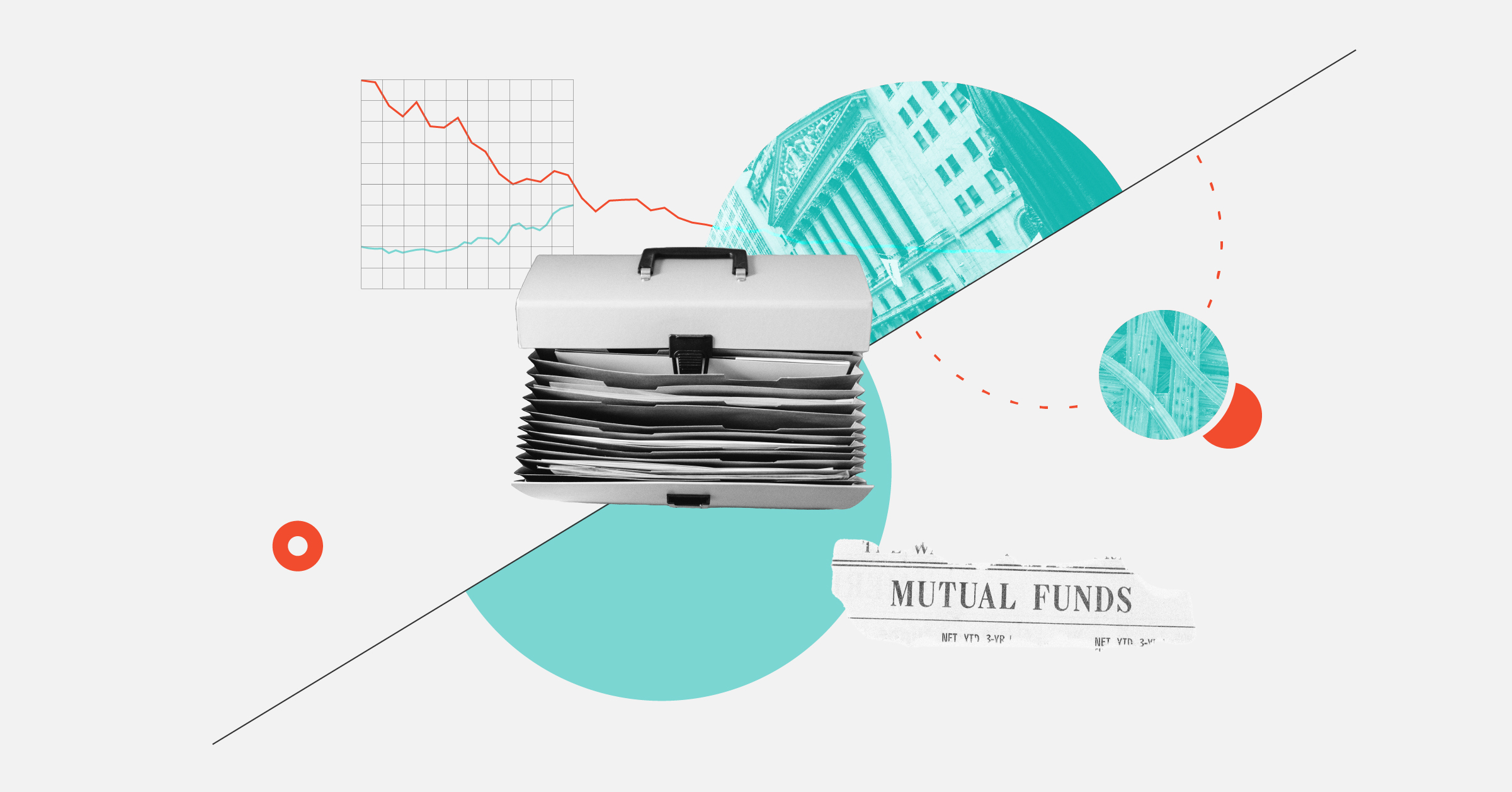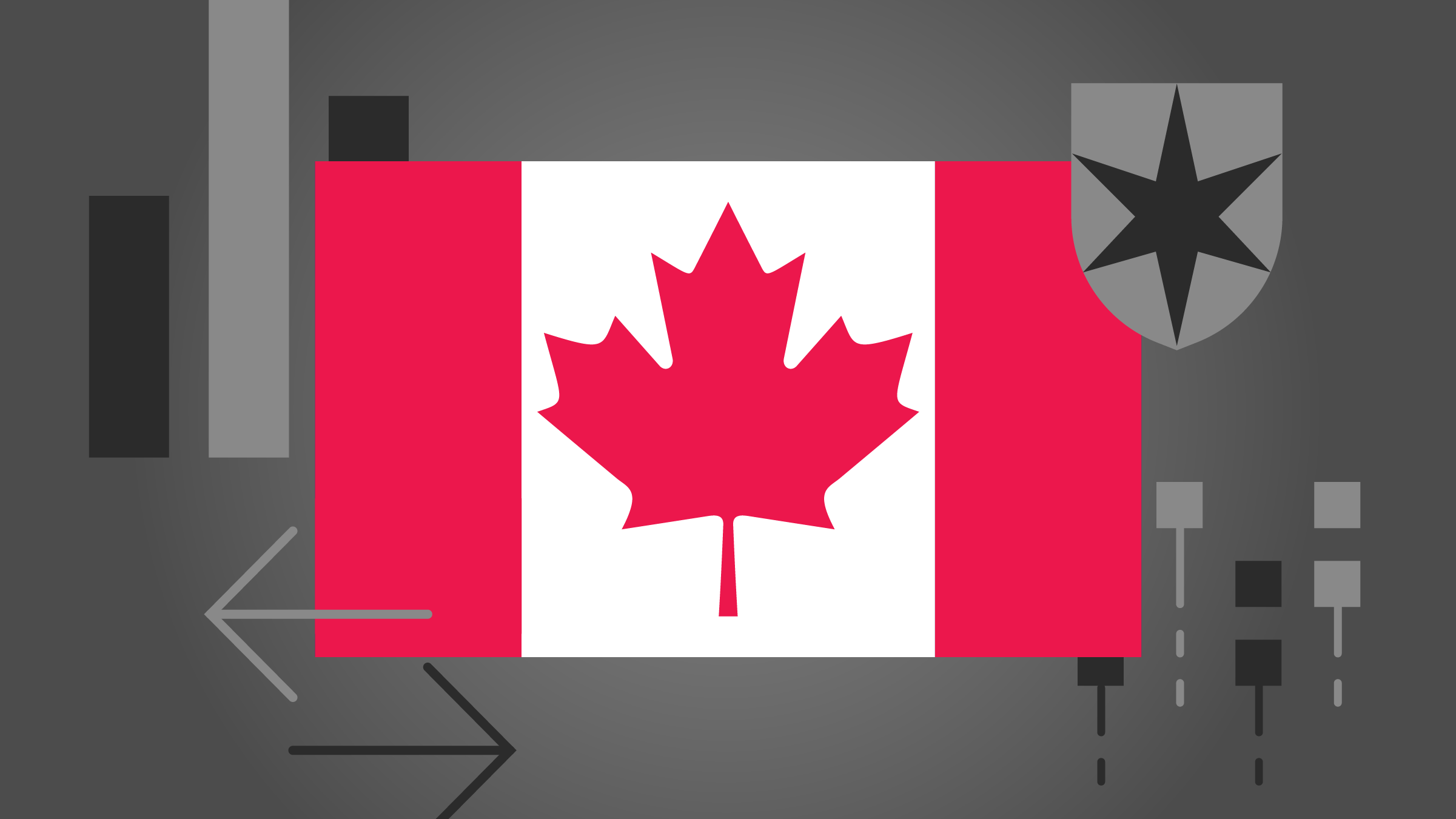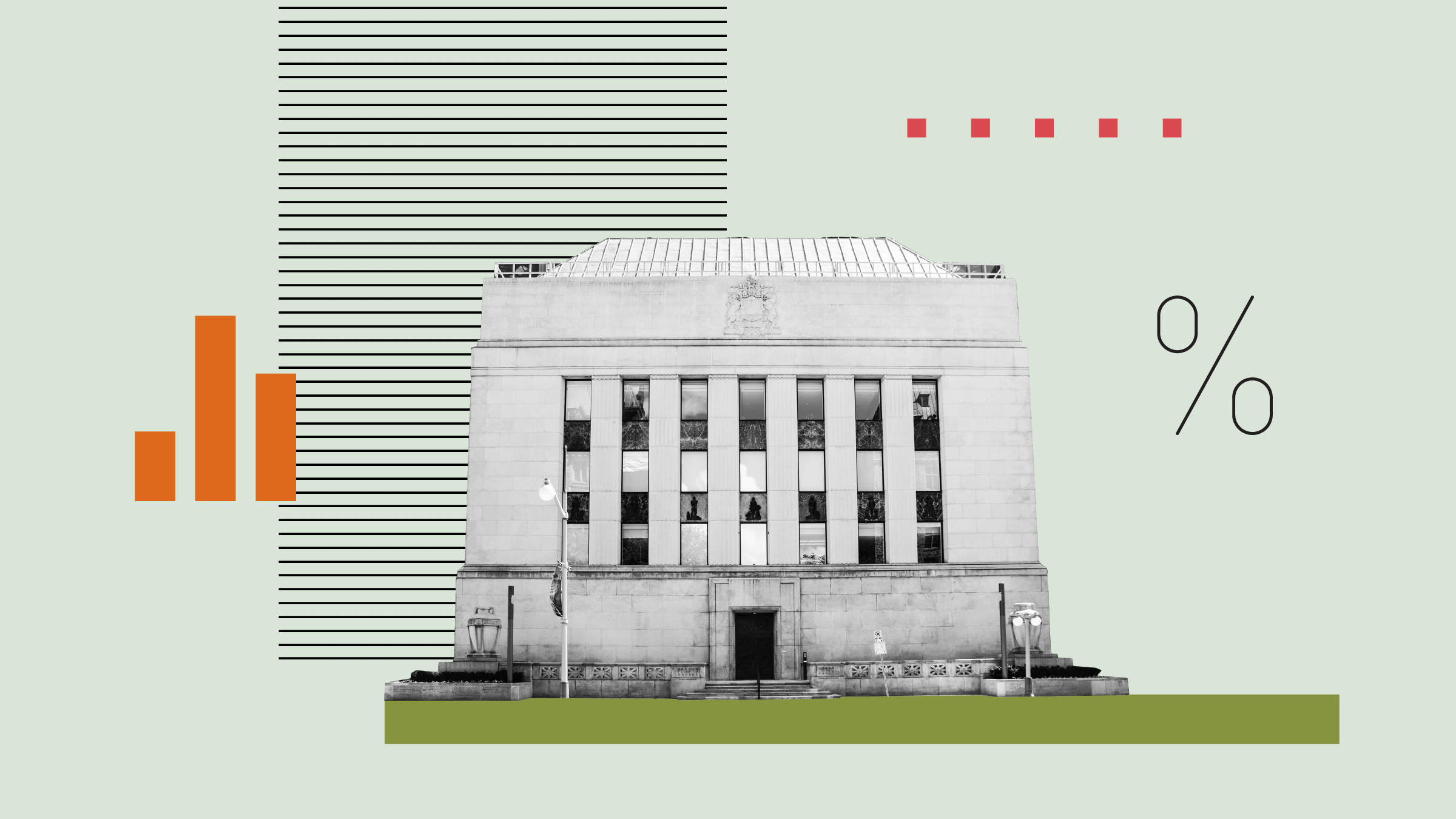
The significant risk tariffs pose to Canada’s economy is increasing the chances that the Bank of Canada won’t be pausing its interest rate cuts anytime soon. Analysts suggest that the uncertainty surrounding the size, scope, and timing of tariffs, alongside domestic economic indicators, will require multiple, even supersized, rate cuts this year to allow the central bank to maneuver effectively through a series of headwinds.
Since last June, the central bank has made six consecutive cuts, reducing the overnight interest rate from a peak of 5% to its current 3%. However, at its most recent meeting, the Bank pointed to signs of economic activity gaining momentum as a result of past interest rate cuts. To some, that suggested a pause in rate cuts could be on the table unless broad-based tariffs cause severe economic disruption.
However, Trump’s on-again, off-again trade war has all but eliminated any possibility of a rate cut pause in the foreseeable future, according to Mackenzie Investments strategist Dustin Reid. “The Bank will likely cut rates to the bottom end of its neutral range of 2.25% over the coming year on a base case alone,” he says. He adds that any significant increase in cross-border tariffs could force the policy rate to 1.5% or lower.
How Much Will the Bank of Canada Cut Rates in 2025?
The Bank’s January statement hinted at a potential pause in rate cuts. However, the unfolding tariff saga in recent weeks ”suggests that pausing in March would be premature,” says Jimmy Jean, chief economist at Desjardins Group.
Earlier this month, Trump announced tariffs on Canada and other countries, only to suspend them shortly after for 30 days. More recently, he introduced a 25% tax on Canadian steel and aluminum, set to take effect March 12.
Jean predicts Canada will see sweeping duties take effect this spring, but notes that broad-based 25% levies would not be sustainable for the US. “Assuming a milder version would lead the Bank of Canada to cut rates slightly into accommodative territory (around 2%) by mid-year,” he says. If US levies are more substantial and prolonged, Jean believes, “the Bank would cut deeper, and therefore the odds of supersized cuts would increase.”
The Bank of Canada delivered back-to-back 50-basis-point cuts at its final meetings of 2024 before reverting to a conventional quarter-point cut in January. There could be at least two additional moderate cuts by summer, even if Canada manages to dodge hefty duties on exports, according to Penelope Graham, mortgage expert at Ratehub. “In a non-tariff scenario, the economic data supports perhaps another cut following [the one on March 12], assuming inflation remains close to its 2% target and job growth remains firm,” she says.
Canadian policymakers will also closely monitor recent US economic data, which has significantly reduced the odds of a rate cut stateside for the rest of the year. “The Bank of Canada won’t want to widen the spread with the US Federal Reserve’s rate much wider,” notes Graham. However, she hedges her bets by adding that “this narrative can change on a dime, based on trade discourse.”
A Cloudy Economic Forecast for Canada in 2025
As America’s largest trading partner, Canada remains vulnerable to any policy moves south of the border. The ongoing tax kerfuffle with Washington has muddied the economic waters in Canada. “There is significant uncertainty on the outlook given Donald Trump’s unpredictability,” says Jean.
Canada’s growth trajectory will remain beholden to how cross-border taxes are finalized. “With trade and fiscal policy likely in flux much of the year, the Bank of Canada’s growth forecast likely has a bit of a downside skew ahead,” says Reid.
With matters further compounded by the Canadian dollar weakness, market watchers struggle to maintain a confident outlook. “From a general perspective, overall economic growth will likely be weaker as downward pressure persists on the loonie, both from tariff fears and the Bank of Canada’s diverging course from the US Fed,” warns Graham.
She also remains concerned that the slowdown in immigration and Canada’s low productivity levels will be major themes for much of the year, “even without [the added pressure of] tariffs and spiking inflation.”
What Will Drive Bank of Canada Rate Cut Decisions?
Beyond tariffs, the Bank of Canada will consider many other factors in its decision, including inflation, unemployment, consumer and business activity, and housing market conditions. Accounting for all this, the latest Monetary Policy report projects the economy will grow by an average of 1.8% this year and next.
“They’re looking at how the effects of past interest rate cuts are being felt by the economy,” says Graham. “They’ll also take into account continued strength in the job market, the impact current market sentiment is having on the currency, and the path for overall economic growth.”
Canada’s real estate market could also influence policy moves. “The Bank will watch the behavior of housing markets closely,” says Jean. “While the Greater Toronto Area is still struggling, other markets are turning hot again as a result of rate cuts.”
Any knock-on effects from US trade tariffs, retaliatory taxes from Canada, and their impact on inflation, employment, and other sectors will also shape the Governing Council’s policy decisions.
What Does This Mean for Consumers and Investors?
The most immediate implication of the Bank of Canada’s policy maneuvers for consumers is the cost of borrowing, which affects overall affordability. “Canadians can expect interest rates to drop further this year, with or without tariffs,” says Graham. However, she warns that any benefits of lower interest rates could be “offset by economic pain if [Canadians] are also losing jobs and are unable to carry their mortgages and other loans.”
Financial experts say borrowers should be cautious when taking on debt and carefully consider their risk capacity. “[When] deciding on the type of debt they take out, such as fixed versus variable mortgage, [borrowers] must assess how they may be exposed to the current volatility in the marketplace,” Graham explains.
With no clear outcome yet on the tariff deal and the potential policy response it may elicit, analysts urge investors to prepare for the worst while hoping for the best.
The Bank of Canada cannot prevent economic upheavals, but can only help the economy adjust to “either to the climate of high uncertainty in the near term, or to the trade shock if tariffs are ultimately applied,” Jean explains. If a sustained 25% tariff is implemented, a recession becomes more significant. However, Jean notes such an economic downturn would not be as deep as the one seen during the covid-19 pandemic.
The real concern lies in the potential structural shock caused by tariffs. “Many companies' business models would be unviable unless they could turn to alternative markets,” Jean says. “A structural transition would likely be long and painful to recover from,” even though Canada has competitive advantages with its energy and critical minerals that the world will continue to need.
The author or authors do not own shares in any securities mentioned in this article. Find out about Morningstar's editorial policies.





